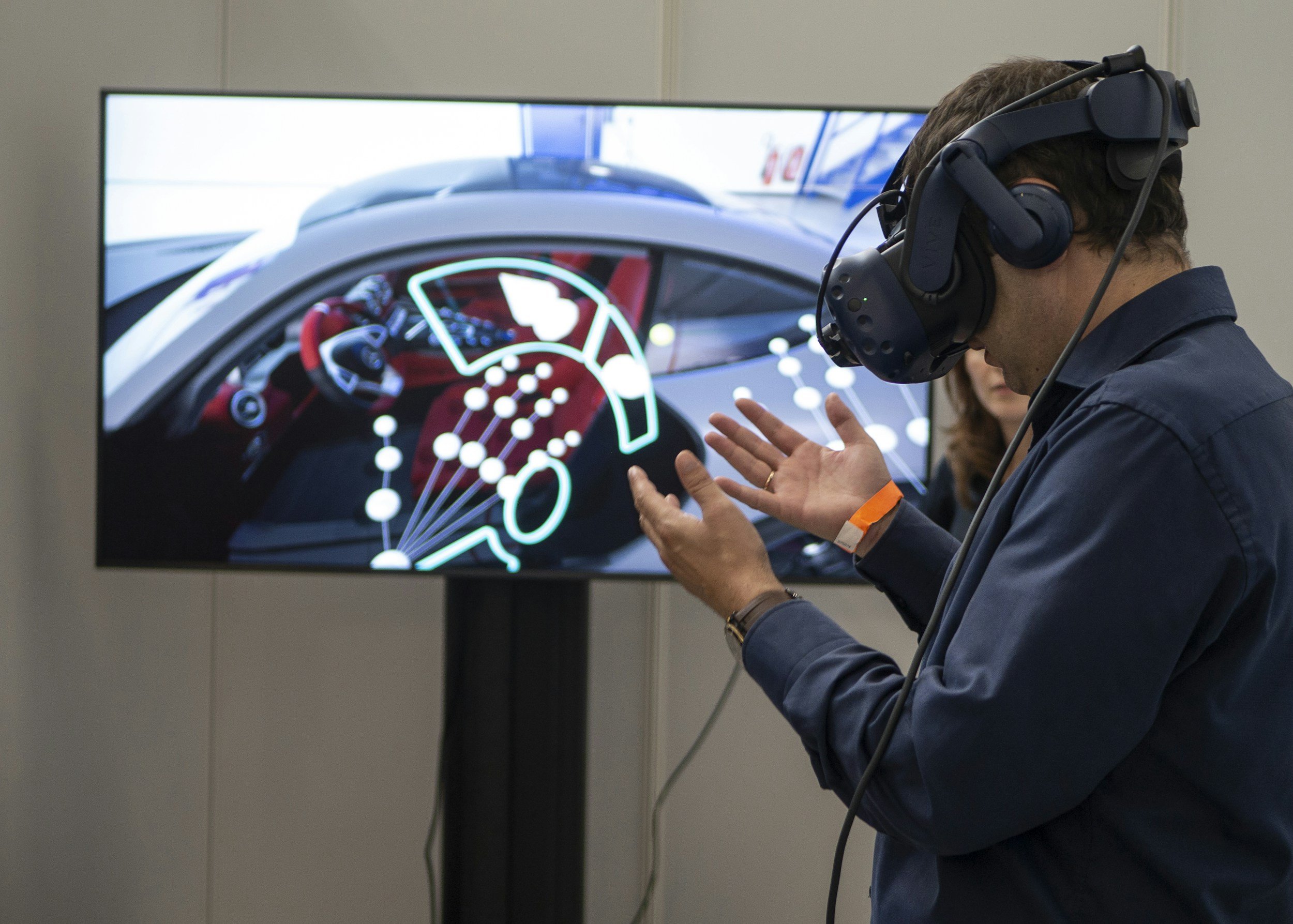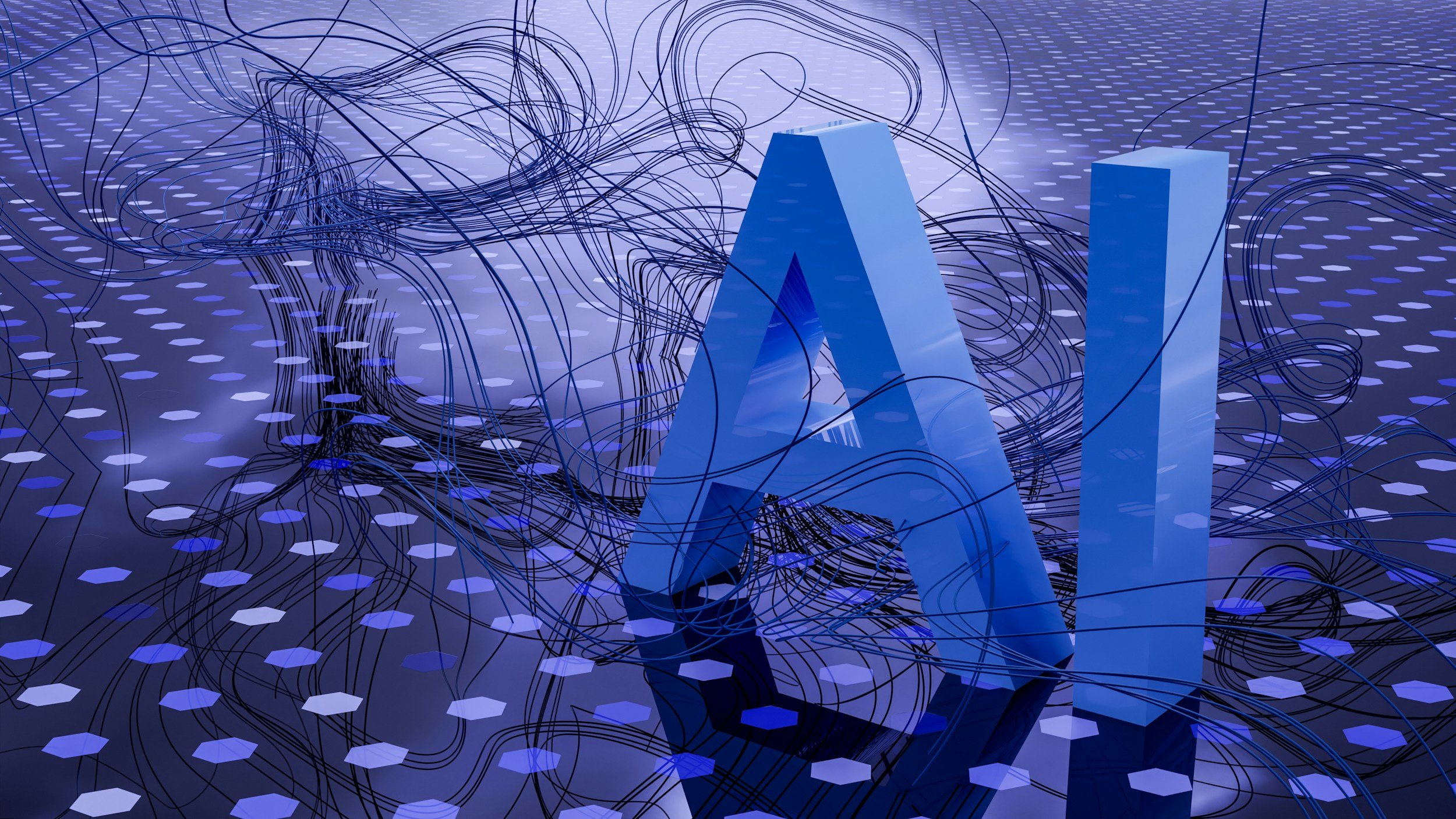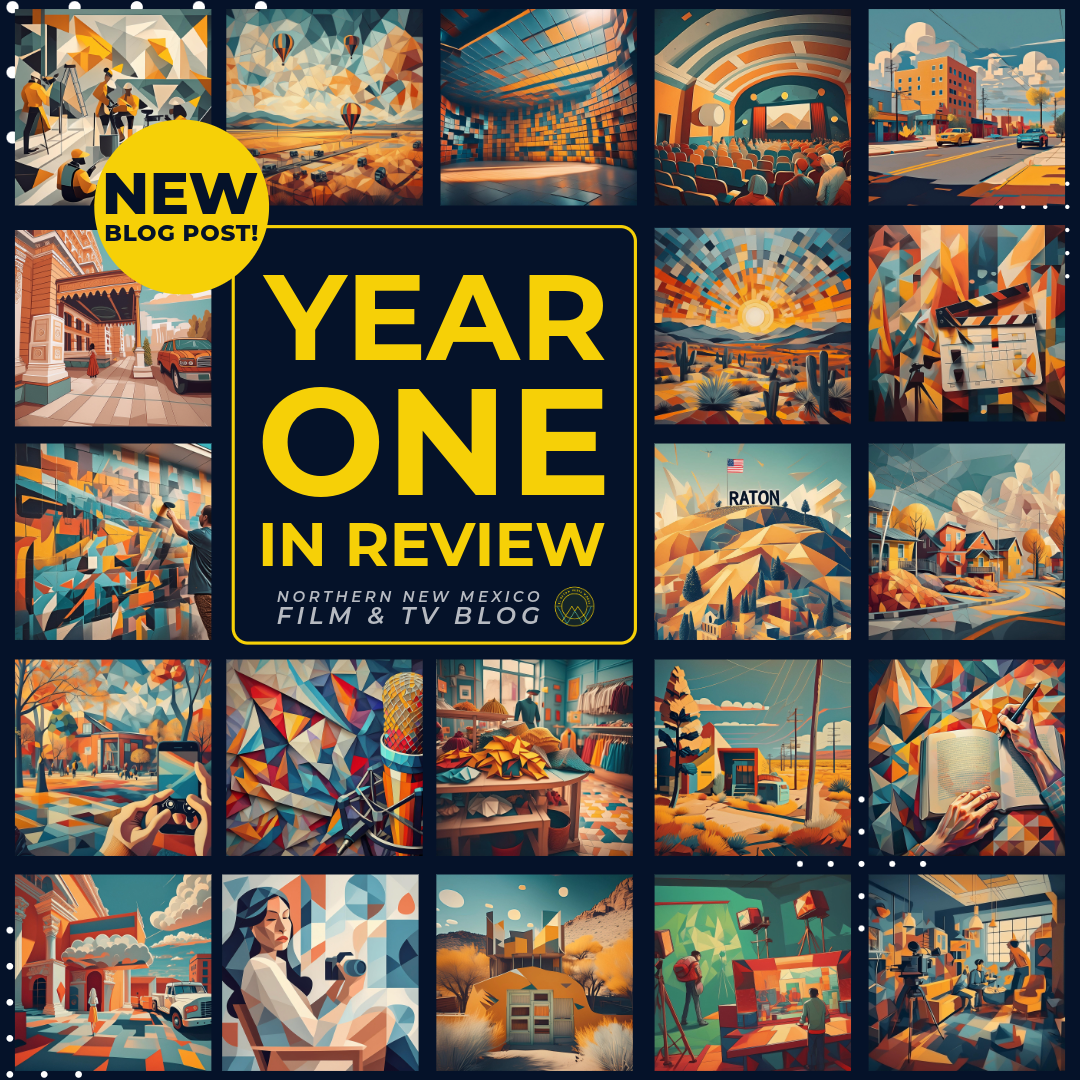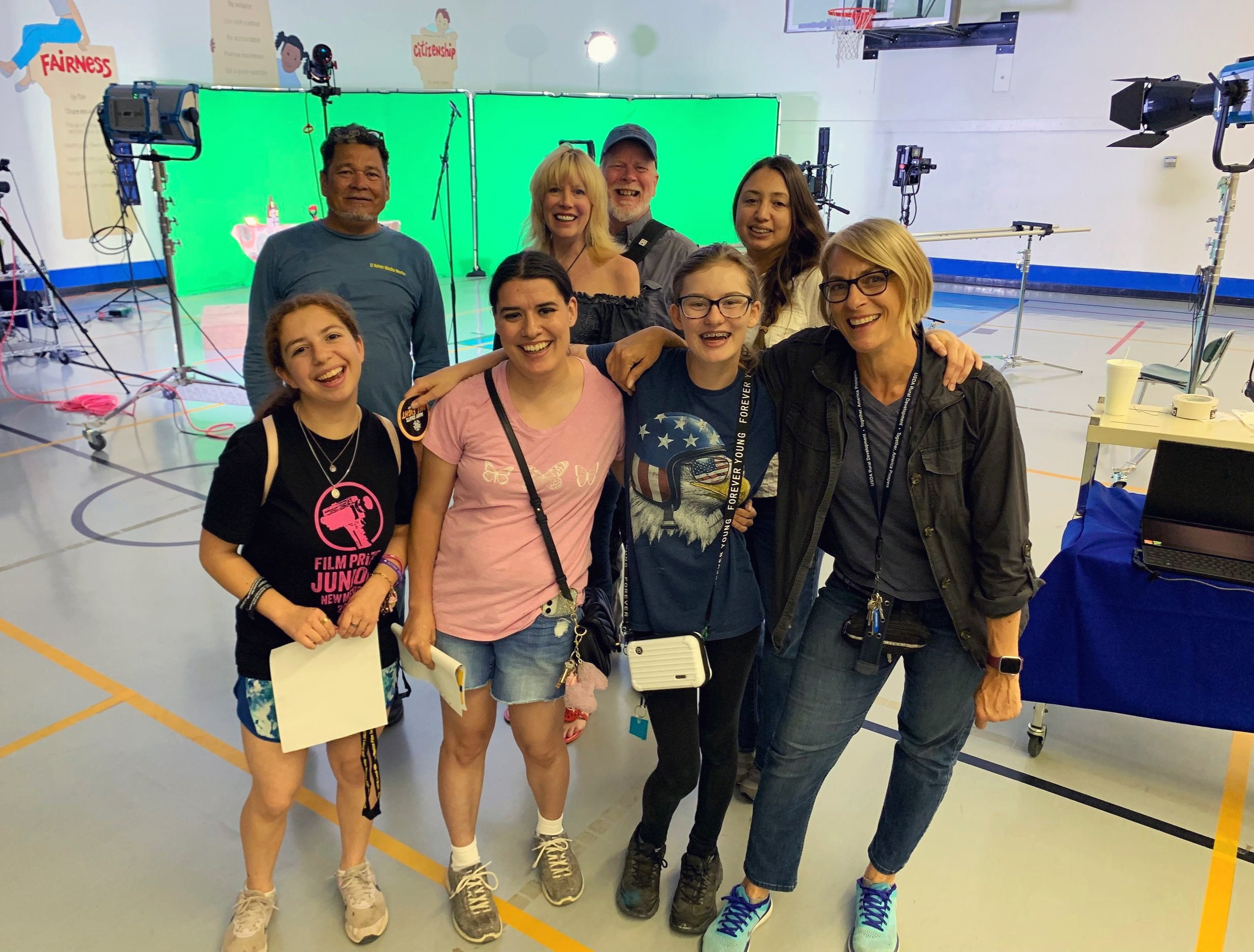The Evolving Landscape of AI in Video Editing: Automation, Efficiency, and Creative Empowerment
By ERMW Team
Thursday, March 27, 2025
The editing stage is the crucible where raw footage transforms into a compelling narrative, a process traditionally demanding meticulous attention and significant time investment. However, the burgeoning field of Artificial Intelligence (AI) is poised to revolutionize this workflow, offering unprecedented levels of automation and efficiency. This exploration delves into the current and future applications of AI in video editing, examining its potential to streamline tedious tasks and empower editors to focus on the nuanced aspects of storytelling.
AI-Powered Rough Cuts: Accelerating the Initial Assembly
Algorithmic Analysis: AI algorithms can dissect footage based on a multitude of parameters, including:
Visual Pacing: Identifying cuts that maintain a desired rhythm and flow.
Visual Content: Recognizing key subjects, compositions, and movements.
Audio Cues: Detecting significant audio events, such as dialogue, music cues, or sound effects.
Rapid Prototyping: This capability facilitates the rapid assembly of raw footage into a coherent structure, providing editors with a foundational framework upon which to build their creative vision.
Strategic Application: AI-generated rough cuts are particularly advantageous in scenarios characterized by:
Time Constraints: When rapid turnaround is essential.
Large-Scale Projects: When sifting through extensive footage libraries.
Highlight Extraction: When identifying the most impactful moments within a vast dataset.
Human Refinement: It's crucial to emphasize that AI-generated rough cuts serve as a starting point, not a definitive endpoint. The editor's artistic judgment remains indispensable for refining the narrative arc, ensuring emotional resonance, and achieving the desired aesthetic.
Content Analysis: AI as a Metadata and Organizational Powerhouse
AI-driven content analysis tools streamline the laborious process of metadata tagging and footage organization, enabling editors to efficiently locate and manage assets.
Automated Tagging: AI algorithms can automatically generate descriptive metadata tags based on:
Object Recognition: Identifying objects and subjects within the frame (e.g., "car," "sunset," "crowd").
Emotional Analysis: Interpreting emotional cues in facial expressions and body language (e.g., "joyful," "suspenseful," "anxious").
Camera Movement Analysis: Characterizing camera movements (e.g., "pan," "zoom," "tilt").
Enhanced Searchability: This detailed tagging system enables editors to perform precise searches, significantly reducing the time spent browsing through footage bins. For example, searching for "close-up, smiling woman, outdoors" instantly retrieves relevant clips.
Pattern Recognition: AI can analyze entire projects to identify recurring patterns, such as:
Repetitive Shots: Highlighting potentially redundant footage.
Pacing Inconsistencies: Detecting variations in rhythm and flow.
Data-Driven Insights: Providing objective feedback on the edit's overall structure and coherence.
Audio Cleanup: AI to the Rescue
Noise Reduction: AI excels at removing background hums, clicks, or distracting sounds without degrading the main audio.
Balancing Levels: Let AI automate basic volume adjustments across clips, saving time you'd spend manually tweaking.
Limitations: It's not a miracle worker. Severe distortion or complex audio mixing still benefits from a human sound engineer's touch.
Audio Cleanup: AI for Enhanced Audio Quality
AI algorithms are increasingly sophisticated in their ability to enhance audio quality by addressing common audio imperfections.
Noise Reduction: AI-powered noise reduction algorithms can effectively eliminate unwanted background noise, such as hums, clicks, and static, without significantly degrading the desired audio signal.
Automated Leveling: AI can automate basic volume adjustments across multiple clips, ensuring consistent audio levels and saving editors valuable time.
Limitations: While AI excels at addressing common audio issues, it's important to recognize its limitations. Complex audio mixing, severe distortion, and specialized sound design still necessitate the expertise of a human sound engineer.
The Future of AI in Editing: Collaborative Creativity
The field of AI in video editing is rapidly evolving, with future advancements promising to further enhance creative collaboration and efficiency.
Contextual Shot Selection: AI algorithms will be capable of suggesting shot choices based not only on visual content but also on the project's emotional tone, narrative goals, and stylistic preferences.
AI as an Assistant Editor: AI will function as a collaborative partner, offering alternative cuts, refining transitions, and providing real-time feedback on the edit's effectiveness.
Human-AI Synergy: The future of editing lies in the synergistic collaboration between human editors and AI tools. AI will handle the technical aspects of the workflow, freeing up editors to focus on the artistic and creative dimensions of storytelling.
AI is not intended to replace the skilled editors, but rather to empower them with advanced tools that enhance efficiency, provide valuable insights, and foster creative exploration. By embracing these technologies, editors can streamline their workflows, elevate their storytelling, and ultimately, produce more compelling and impactful content.













